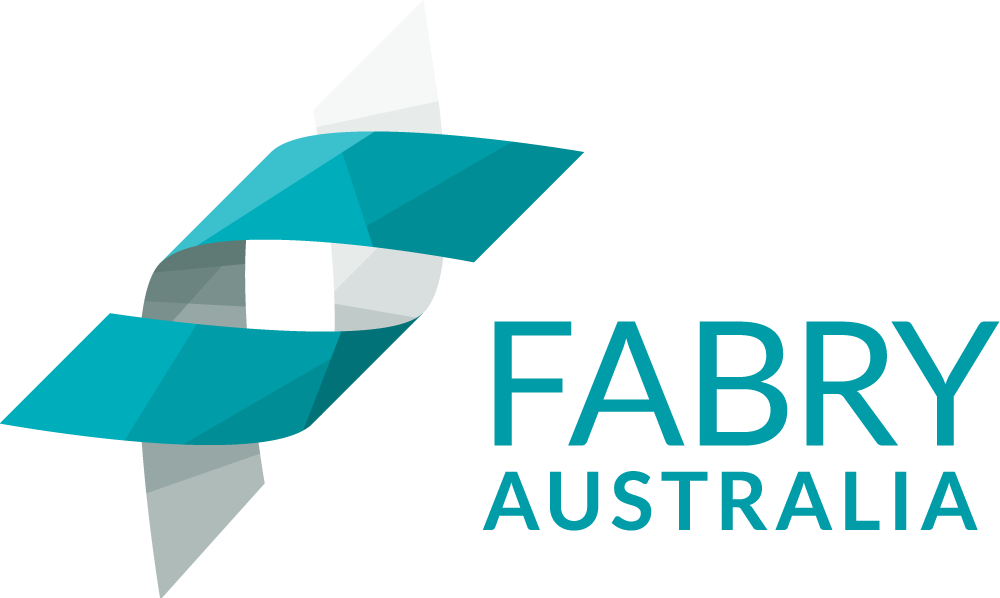Celebrating 30 years of Fabry Australia with ‘30 Fabry Stories, from the Australian Fabry Community.’
Dr Michel Tchan is the Head of Genetic Medicine at Westmead Hospital in Sydney. He treats around 130 Fabry patients across New South Wales.
“What attracts me to Fabry is that I develop a long-term personal relationship with my patients.”
 I started clinical training in genetics in 2008 and my mentor was Professor David Sillence, who was influential in bringing enzyme replacement therapy treatment to Fabry patients.
I started clinical training in genetics in 2008 and my mentor was Professor David Sillence, who was influential in bringing enzyme replacement therapy treatment to Fabry patients.
What attracts me to Fabry is that I develop a long-term personal relationship with the patients. I get to provide expert advice to help Fabry patients and I can share the latest research and developments in new treatments with them.
It would be wonderful to offer a cure, but there is no cure (yet!). Fabry is a progressive disease with age, but treatments can help reduce the decline and improve symptoms in many cases.
The other challenge with Fabry is that it affects people differently. Patients want to know how it will affect them, but we can’t perfectly predict that. Even within families the effects are varied.
When I first started treating patients in 2008 we had only two treatments, both by infusions. But we’ve recently had chaperone therapy become available, which is an oral treatment, for some patients. Not everyone is suitable unfortunately.
I would have loved to have seen treatments move on faster than they have. We haven’t had a revolution in treatment – but I think there are things just around the corner like gene therapy that have the potential to be much better than enzyme replacement therapy. We’re progressing through clinical trials of gene therapy and if we have faith that we’ll see good results in those trials we’ll see that in the clinic in the next three to five years.
There are two types of gene therapy. The first is to inject a correct version of the gene causing Fabry, the GLA gene, into the patient where the correct gene is added on top of the faulty gene. Another possible therapy approach is gene editing through CRISPR technology, which finds the faulty GLA gene, and then edits the gene code back to a correct version.
A big challenge will be securing Government funding for these new treatments, which are likely to be very expensive.
I think we will find a cure for Fabry and I don’t think that’s looking through rose-coloured glasses. We are seeing more younger couples coming to us with genetic screening test results and that opens up a window for them to prevent the disease being passed on.
